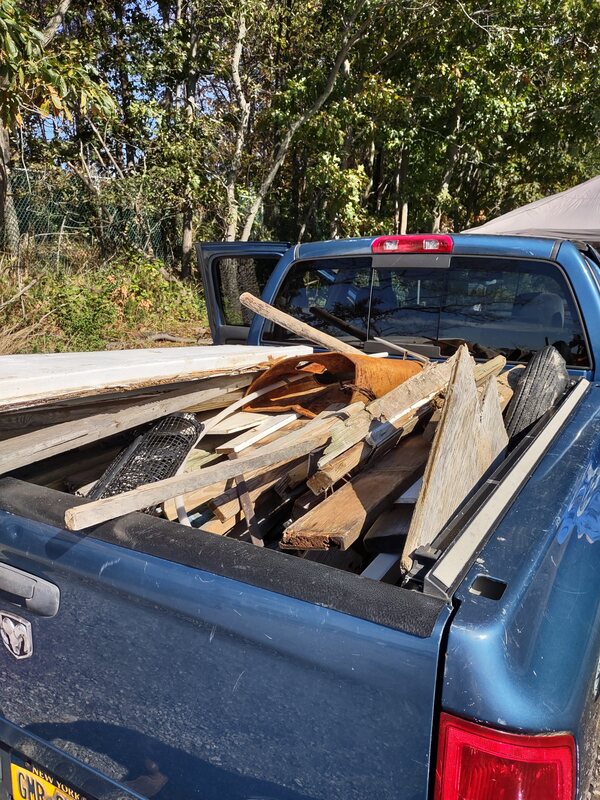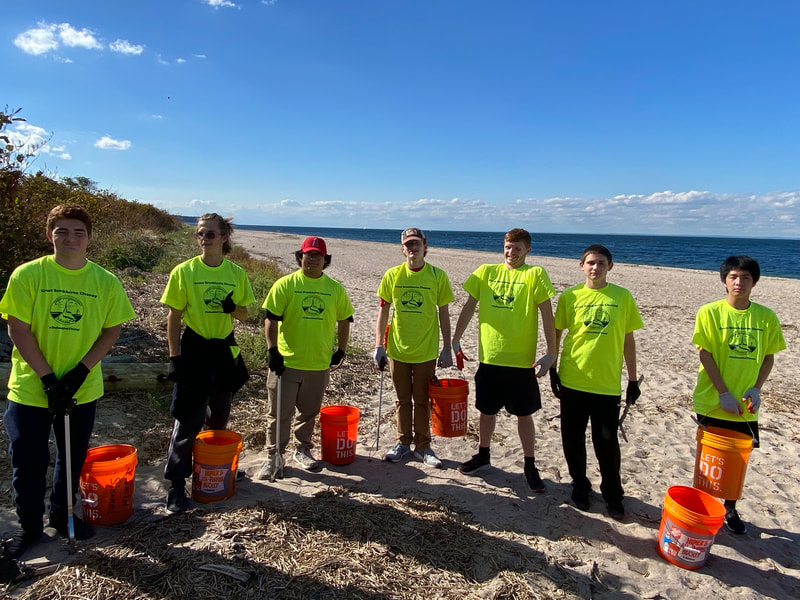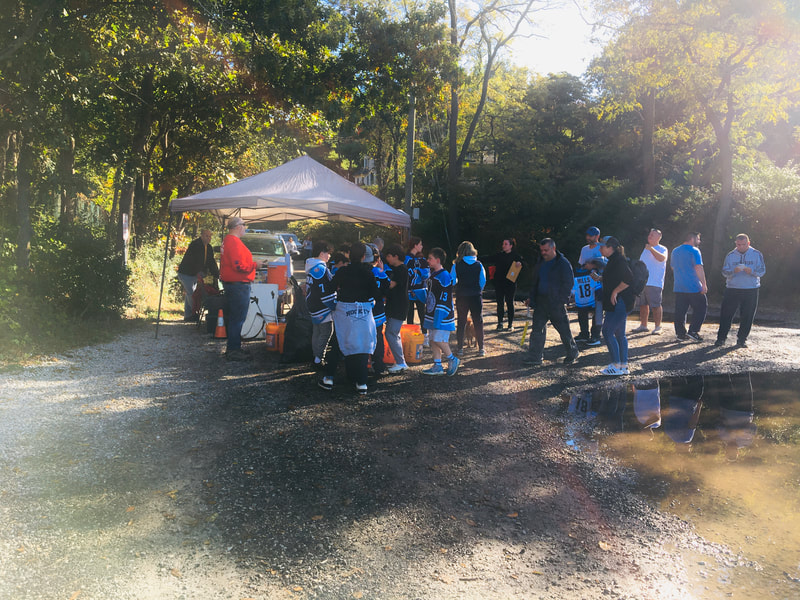Coastal Steward Long Island
Menu
2022 Highlights
Marine Education Program
July 14th & 21st-Coastal Steward held a marine ecology program for the Belle Terre Summer Youth Group at their beach in Port Jefferson. Approximately 30 children ranging from Pre-K to 10th grade attended the day-long session.
Beach Cleanups
April 23rd-Earth Day at Smith Point Park; May 7th-Mt. Sinai Harbor & 21st-Cedar Beach; June 5th-Centennial Park, Port Jeff; Oct.15th-International Coastal Cleanup-MacAllister Park/LI Sound & 29th-Mt. Sinai Harbor.
Shellfish Restoration Program
This year the 2022 Shellfish Restoration Program started off with approximately 80,000 oyster seeds received from the Town of
Brookhaven, which were bagged and put in cages below the low tide level at Mount Sinai Harbor.
At the next meeting, four of the bags were counted and measured. These oysters were monitored every two weeks from June 4th until October 30th, when 60,000 were released the first week on the west side of Port Jefferson Harbor, and the remaining 20,000 the next week. The total oyster seed mortality throughout the season was 20.7%, more than last year's 11%.
The four bags were placed on the top and bottom row on both sides of a cage for the duration of the season. This was done in an attempt to measure the effect of placement in the water column on growth and mortality, similar to last year, but with the addition that only one of the bags on each row were power washed every other week during our meetings to determine if algal and sponge growth affected oyster size or mortality. The oyster seed in the bottom bags grew from an average of 35 mm in June to 63 mm in October. The cleaned bags grew from an average of 35 mm in June to 66 mm in October. The unclean bag started at 35 mm and grew to 64 mm average. We will continue to monitor next season, but this suggests that we should continue to clean the bags whenever possible during meetings.
Most meetings, we also cleaned all the bags of oysters. We placed the bags on wooden pallets and cleaned them with power washers. This was to prevent algae and sponge from accumulating on the bags and potentially killing oysters from the competition over resources, which was confirmed with our test groups.
In all, despite some COVID scares, we had a successful season. Even though many other volunteer opportunities have been reopened, the number of Coastal Steward volunteers throughout the season remained high. In all, there were 58 different volunteers, some of which only showed once or twice, but a core group committed to all or most of the season. In total, we logged 445 volunteer man hours, a little less than last year, but still a great amount.
All of the oysters were released on October 15th and 29th. We are looking forward to another successful season next year.
Oyster Growth Data Trends
This year, our main variables we were testing for was if power washing the oysters had a noticeable effect on their growth and mortality rates. We still measured the bag placement in the cages to see if power washing had a more significant impact on bags lower or higher in the cage, or if there was no difference between them.
This season, the top bags actually grew to a larger extent at the end of the season than the lower bags unlike last season, where the lower bags typically grew larger on average. The bottom bags grew faster initially but seem to have slowed as the season went on.
Between the bags that were power washed, and those that were not, the bags that were power washed had a larger size at the end of the season on average than the bags that were not, seeming to indicate that power washing the bags each meeting does indeed have a positive effect on oyster growth, at least in terms of their size.
Oyster Mortality
Similar to previous years, the bags towards the tops of the cages had a much higher mortality rate than those closer to the bottom. This is most likely because the oysters on the bottom spend much less time exposed to the sun, which noticeably bleaches them, and they spend less time in the water feeding. Conversely, the bags on the bottom are shielded from the sun by the upper layers, and spend much more time in the water feeding.
The effect on power washing the bags appears to have much less of an impact on mortality rates than their placement in the cages. This is good, because some had concerns that power washing the oysters could potentially harm them or make it harder for them to survive without a protective layer. The cleaning of the bags seems to have a beneficial (although minor) effect on mortality.
July 14th & 21st-Coastal Steward held a marine ecology program for the Belle Terre Summer Youth Group at their beach in Port Jefferson. Approximately 30 children ranging from Pre-K to 10th grade attended the day-long session.
Beach Cleanups
April 23rd-Earth Day at Smith Point Park; May 7th-Mt. Sinai Harbor & 21st-Cedar Beach; June 5th-Centennial Park, Port Jeff; Oct.15th-International Coastal Cleanup-MacAllister Park/LI Sound & 29th-Mt. Sinai Harbor.
Shellfish Restoration Program
This year the 2022 Shellfish Restoration Program started off with approximately 80,000 oyster seeds received from the Town of
Brookhaven, which were bagged and put in cages below the low tide level at Mount Sinai Harbor.
At the next meeting, four of the bags were counted and measured. These oysters were monitored every two weeks from June 4th until October 30th, when 60,000 were released the first week on the west side of Port Jefferson Harbor, and the remaining 20,000 the next week. The total oyster seed mortality throughout the season was 20.7%, more than last year's 11%.
The four bags were placed on the top and bottom row on both sides of a cage for the duration of the season. This was done in an attempt to measure the effect of placement in the water column on growth and mortality, similar to last year, but with the addition that only one of the bags on each row were power washed every other week during our meetings to determine if algal and sponge growth affected oyster size or mortality. The oyster seed in the bottom bags grew from an average of 35 mm in June to 63 mm in October. The cleaned bags grew from an average of 35 mm in June to 66 mm in October. The unclean bag started at 35 mm and grew to 64 mm average. We will continue to monitor next season, but this suggests that we should continue to clean the bags whenever possible during meetings.
Most meetings, we also cleaned all the bags of oysters. We placed the bags on wooden pallets and cleaned them with power washers. This was to prevent algae and sponge from accumulating on the bags and potentially killing oysters from the competition over resources, which was confirmed with our test groups.
In all, despite some COVID scares, we had a successful season. Even though many other volunteer opportunities have been reopened, the number of Coastal Steward volunteers throughout the season remained high. In all, there were 58 different volunteers, some of which only showed once or twice, but a core group committed to all or most of the season. In total, we logged 445 volunteer man hours, a little less than last year, but still a great amount.
All of the oysters were released on October 15th and 29th. We are looking forward to another successful season next year.
Oyster Growth Data Trends
This year, our main variables we were testing for was if power washing the oysters had a noticeable effect on their growth and mortality rates. We still measured the bag placement in the cages to see if power washing had a more significant impact on bags lower or higher in the cage, or if there was no difference between them.
This season, the top bags actually grew to a larger extent at the end of the season than the lower bags unlike last season, where the lower bags typically grew larger on average. The bottom bags grew faster initially but seem to have slowed as the season went on.
Between the bags that were power washed, and those that were not, the bags that were power washed had a larger size at the end of the season on average than the bags that were not, seeming to indicate that power washing the bags each meeting does indeed have a positive effect on oyster growth, at least in terms of their size.
Oyster Mortality
Similar to previous years, the bags towards the tops of the cages had a much higher mortality rate than those closer to the bottom. This is most likely because the oysters on the bottom spend much less time exposed to the sun, which noticeably bleaches them, and they spend less time in the water feeding. Conversely, the bags on the bottom are shielded from the sun by the upper layers, and spend much more time in the water feeding.
The effect on power washing the bags appears to have much less of an impact on mortality rates than their placement in the cages. This is good, because some had concerns that power washing the oysters could potentially harm them or make it harder for them to survive without a protective layer. The cleaning of the bags seems to have a beneficial (although minor) effect on mortality.
© Coastal Steward Long Island. All rights reserved.

































